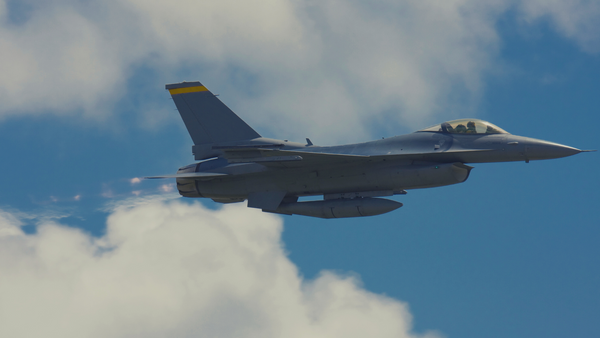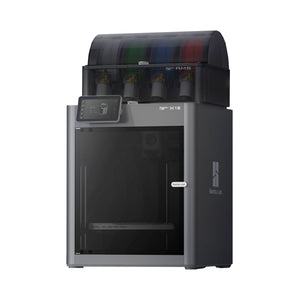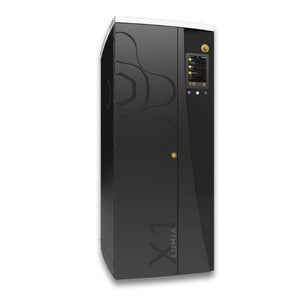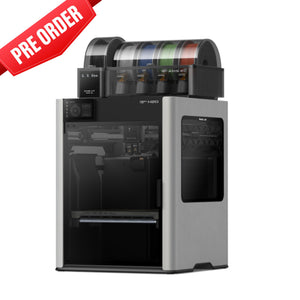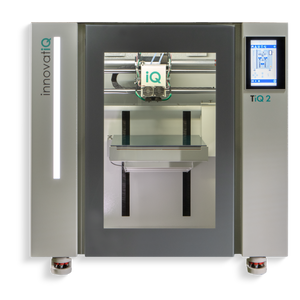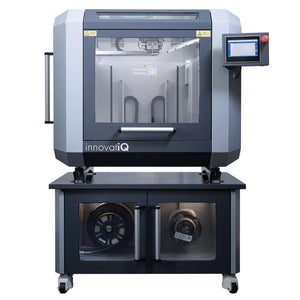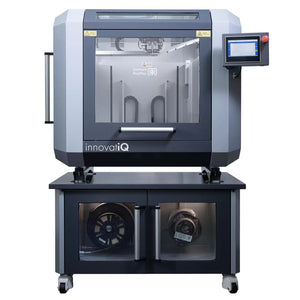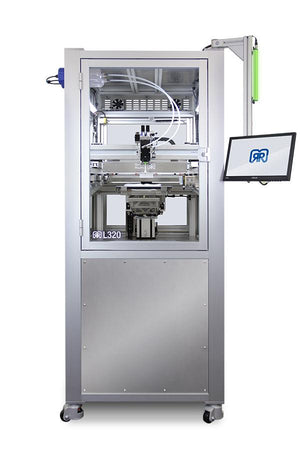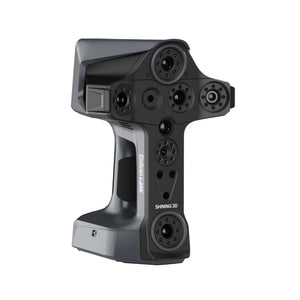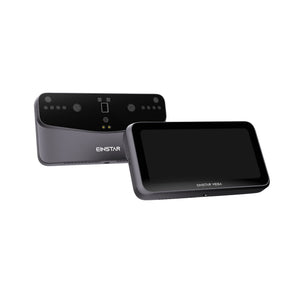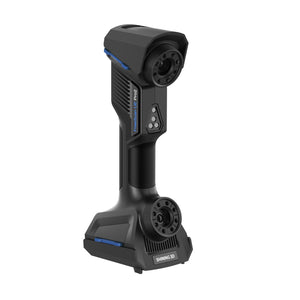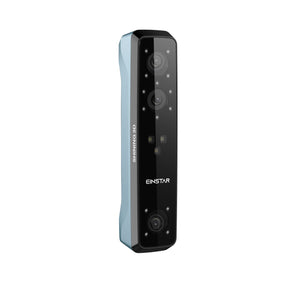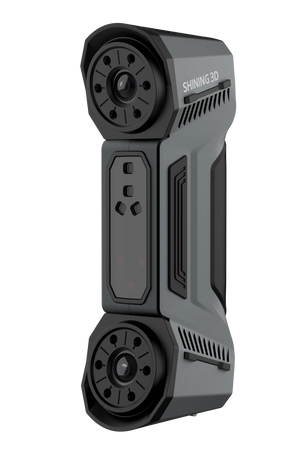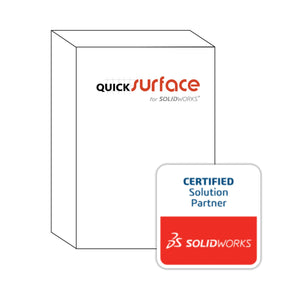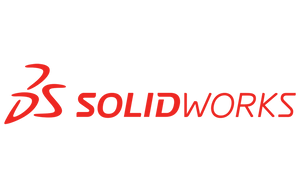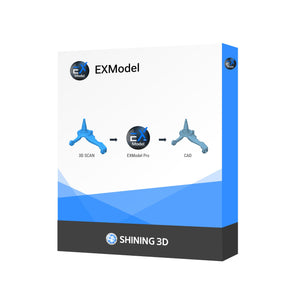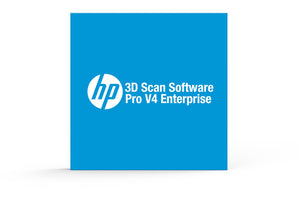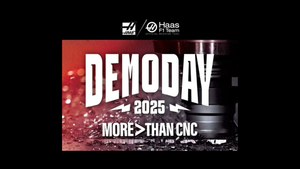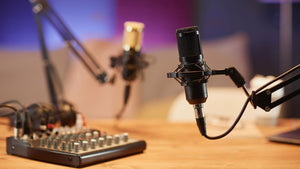Oct 04, 2020
Advanced Manufacturing Olympics 2020 - F16 Approval Sprint Challenge
TECHNICAL CHALLENGE
There is a pressing need to rapidly deploy engineering solutions for the sustainment of Air Force fleet and infrastructure. Advanced manufacturing technologies are capable of rapid production for sustainment; however, it is difficult to exploit these capabilities without radical improvement to Air Force certification methods and timelines in the approval of new materials, processes, and components. Selected Approval Sprint teams will compete in the first annual Advanced Manufacturing Olympics (AMO) to deliver a polymer additively manufactured replacement solution for rapid deployment of a specified F-16 aircraft component.
GOAL
The goal of this technical challenge is to identify innovative strategies for rapid design, qualification and deployment of sustainment solutions which leverage new manufacturing materials, processes, and components.
APPLICATION VIDEO
PRODUCTS / MATERIALS USED
Machine: Sintratec S2 – Industrial SLS 3D Printer
Printer Upgrades: Stock configuration
Material: Sintratec PA12 Nylon powder, Anthracite
Slicing Program: Sintratec Central2
Design Program: SolidWorks 2017
Post Processing: Standard SLS powder removal – manual removal of bulk powder and bead blasting. 2 groups of samples were selected to be further coated in either 1) ceramic coating or 2) Nickel plating



TIME TO PRINT
- SLS printing technology is more economical to run in densely packed batches. Speeds are determined solely by Z-height.
- 0.51 hours per batch layer or 15 hours for full batch of 28 layers (layers can have between 1 and 30 parts each)
- Throughput of 56 parts per hour at 30 parts per layer.
INTERNAL TESTS
Five tests were conducted on each group of samples. Test rigs were fabricated with locally sourced materials and fabricated in-house. Base fixture was reused in multiple tests.
- Misalignment: test mandrel installed perpendicular to gripping axis.
- Axial grip: test mandrel pulled out with measured force.
- Drop test: Rig with mandrels dropped from specified height.
- Oil submersion: Measure mass before and after oil submersion at elevated temperatures.
- Flammability: Flame applied to underside of part and then allowed to burn.
INTERESTING NOTES
The Sintratec S2 excelled at producing repeatable, sturdy parts. In its most tightly packed build volume, it can produce 840 clamps in one batch in less than 24 hours. 3DChimera engineers explored two coatings to improve the performance of the base nylon and to demonstrate the comparative benchmark qualification approach.
OUTCOMES
The ceramic coating performed closely to the PA12 in all tests except for flammability. The ceramic coated part immediately ignited and melted out of the vise jaws. For this reason, 3DChimera engineers failed the ceramic coated part and did not include it in our submission due to safety concerns. The Nickel-plated parts performed objectively better than the PA12 parts in all tests. 3DChimera engineers believe that the PA12 parts would perform more like the OEM nylon part than the nickel-plated parts would. Because we were not provided the OEM nylon part, both the PA12 and nickel-plated PA12 parts were submitted.

